



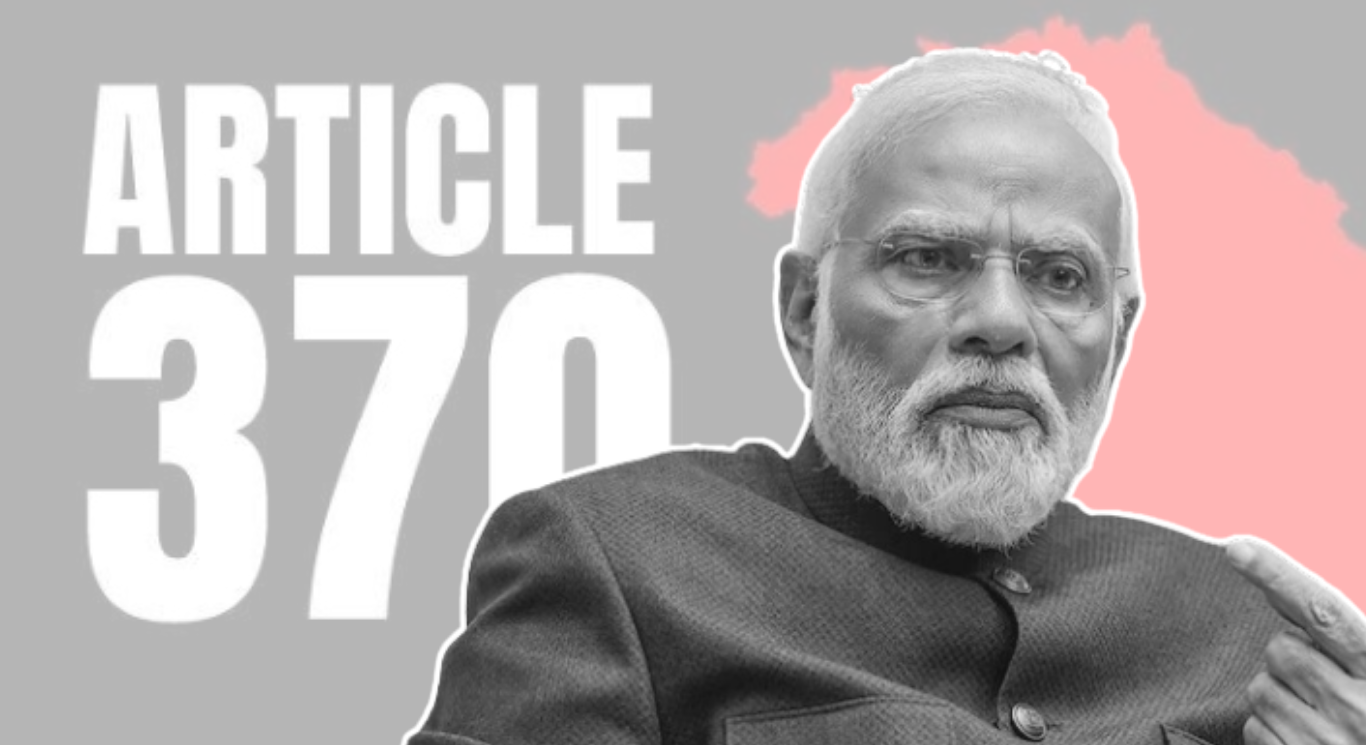
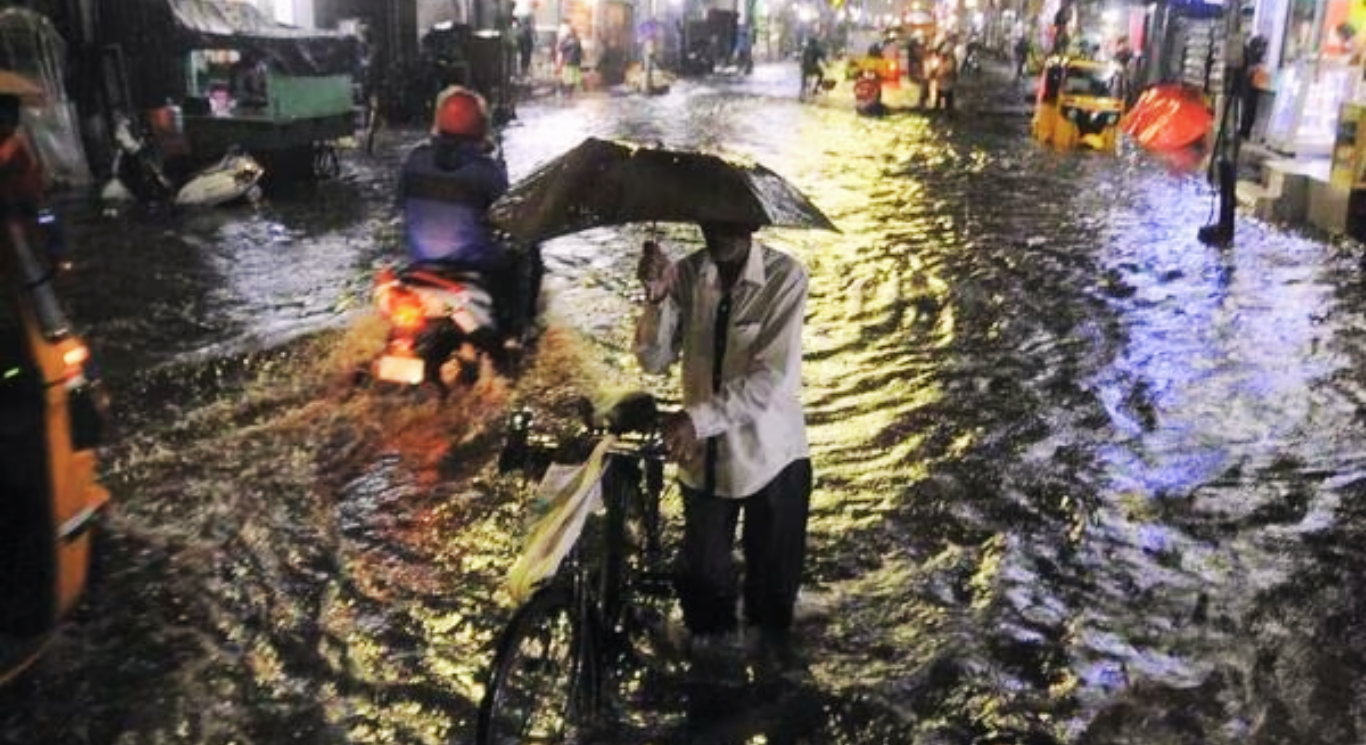
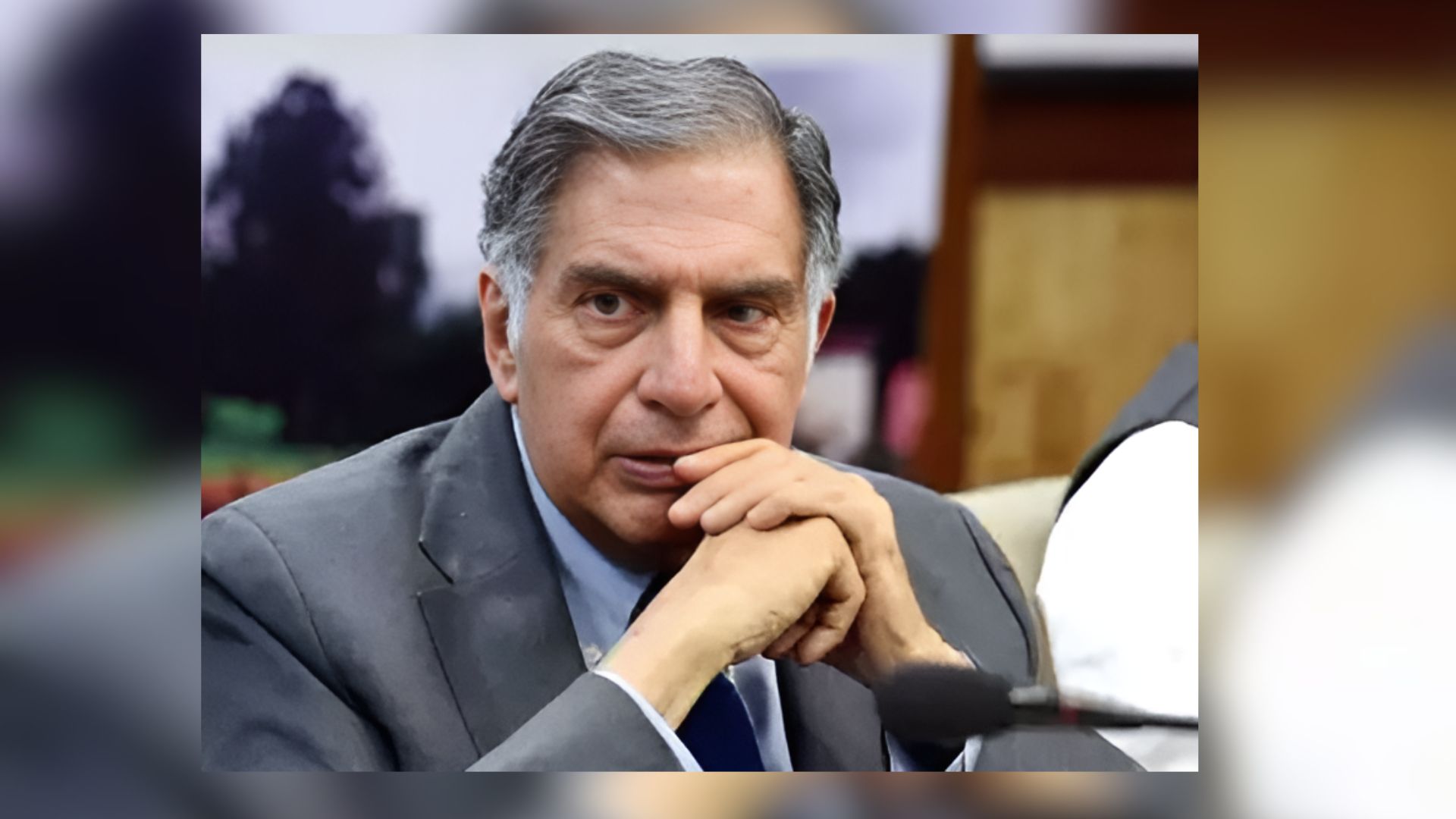


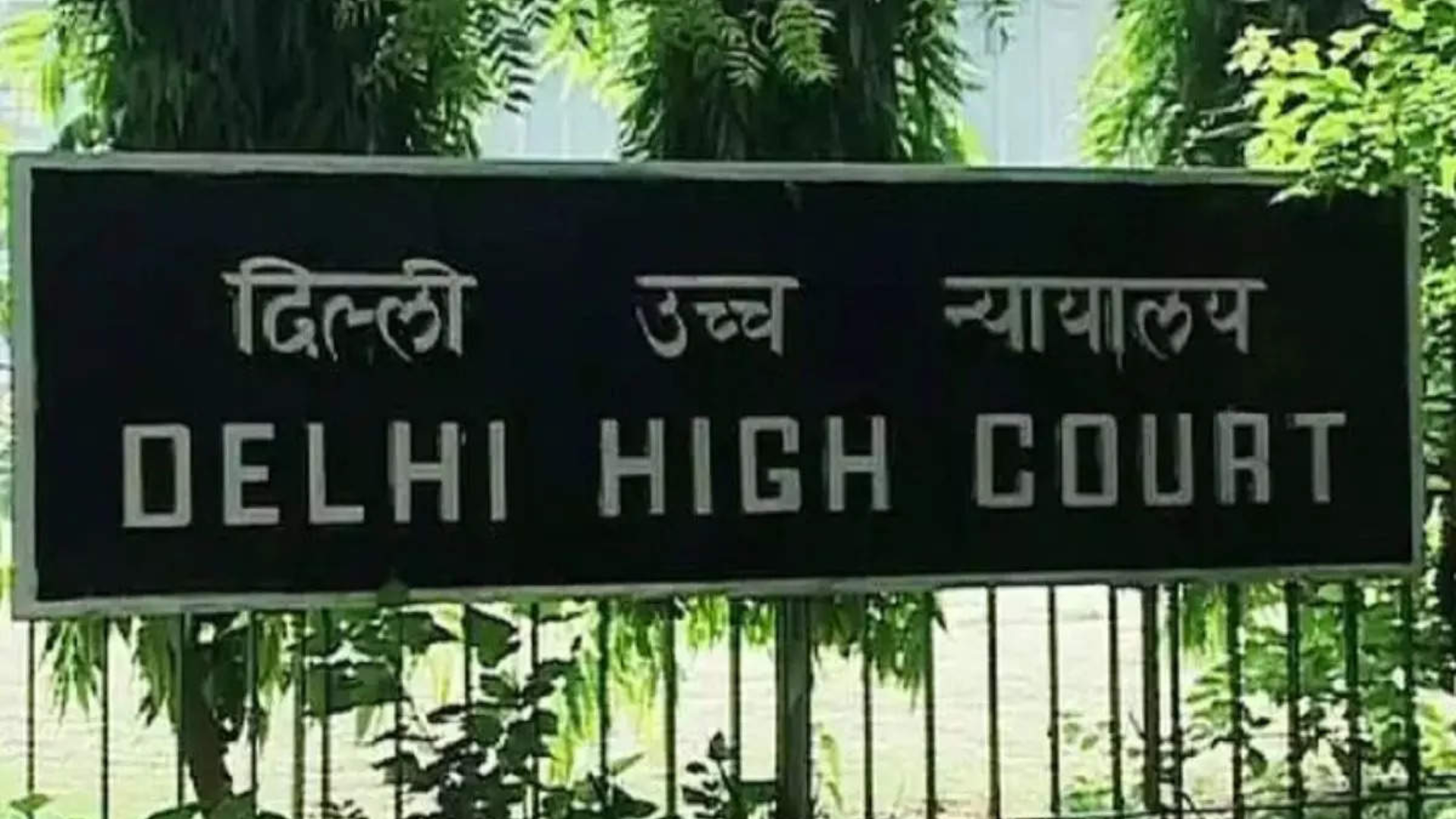
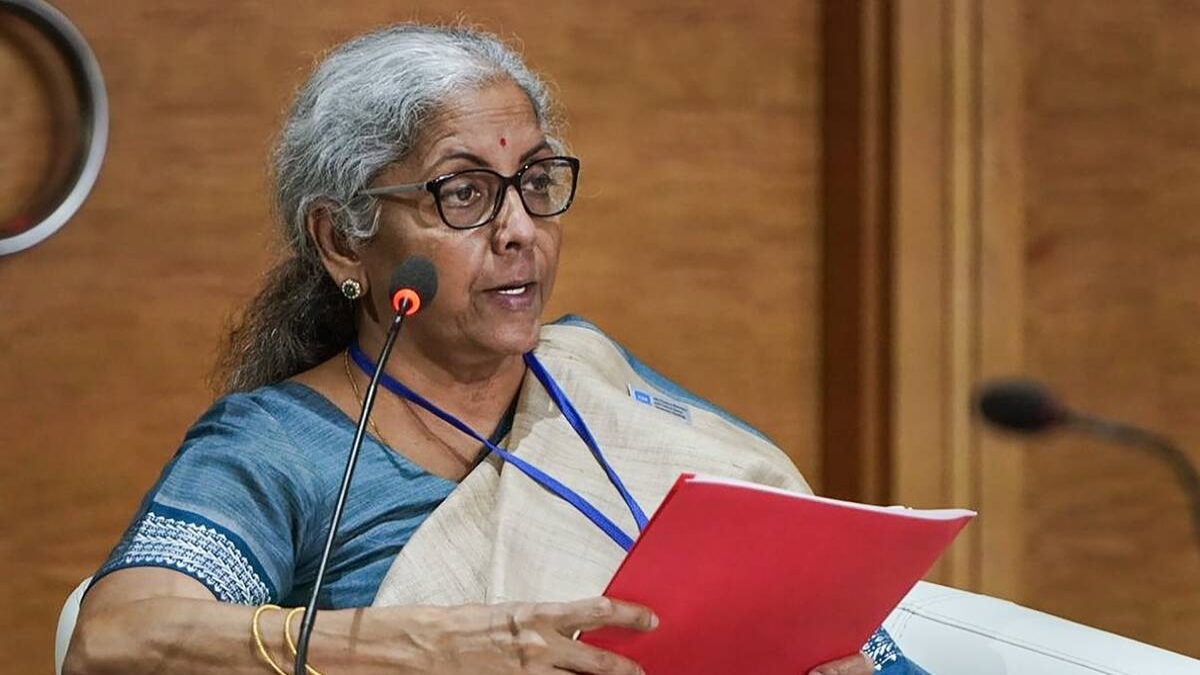
Nirmala Sitharaman, the finance minister, stated on Wednesday that the equal distribution of wealth and job creation were the other areas of concentration, underscoring the fact that the government continues to place a high premium on the nation’s economic growth.
She said that over the previous few months, inflation has decreased to a “manageable level.”
The US-India Business Council (USIBC) hosted the India Ideas Summit, where Sitharaman gave a speech. She said: “Some, of course, are red-lettered (priorities), some may not be. Of course, red-letter priorities include creating employment, ensuring fair income distribution, and ensuring India is on the economic path. In that regard, inflation is not in bold. I hope not many of you are surprised by it. We’ve demonstrated over the last few months that we were able to reduce it to a reasonable level.
According to the most recent official statistics, food prices moderated in July, bringing retail inflation down to 6.71 percent, although it continued to be over the Reserve Bank of India’s comfort zone of 6 percent for the seventh consecutive month.
“I am convinced that in the next 20 years, India’s economy will account for 30% of global GDP thanks to the country’s major characteristics, which include its size and variety, the availability of trained labour, and the advancements achieved in the digital revolution. In the process, the US and India will take the lead in driving global growth. In these trying and tough times, both countries can work together for the world’s good since they have a lot in common, Sitharaman remarked.
She said that the government’s budgetary policy was extremely focused and the result of in-depth deliberations. The economy wasn’t “flushed with money” or overprinted money, she claimed.
Regarding the US Federal Reserve and the European Central Bank’s strong attitude on rate rises, she asserted that the RBI will be able to control the volatility brought on by these actions by international central banks.
“We are certain that no matter what measures central banks across the world take to defend their economies and make sure that their economies receive enough monetary assistance… We are certain that whatever actions the US Federal Reserve or the European Central Bank decided to take, the Reserve Bank would be able to manage Indian monetary policy without experiencing any significant blips or rises and falls, she added.
Additionally, Sitharaman noted that there was continuous uncertainty around the supply of petroleum and natural gas, which was brought on by the current Russia-Ukraine war.
“Now this has received a big jolt,” she said, referring to the energy crisis. “At a time when we were looking at moving out of coal, and I remember placing emphasis that we shall move out of thermal, we shall close some of the legacy thermal power producing and then get on to greater emphasis on transitional energy, which is natural gas and then equally ramps up our renewable investments and production.
“As a result, we are now stating that we need to rely on coal for a further period of time, and I am concerned about how this coal reliance will once more need to be reduced so that we can return to the platform of switching to a less ecologically hazardous source. This shock affects everyone, not just India. However, given the size of our nation, it is much more difficult for India, she continued.
According to her, the demographic strength of India is its highly educated, technically adept, and competent workforce, which gives the rest of the world answers. Additionally, the scale and variety of the Indian economy provide a wealth of opportunities.
“India and the US might collectively account for 30% of the size of the world economy in the next 20 years if we cooperated. To the amount of 30%, we will contribute to the global GDP. That in itself will make the US and India the main drivers of global growth, according to her.
Read more: PM Modi, Sheikh Hasina agree to early finalization of projects under line of credit for defence









